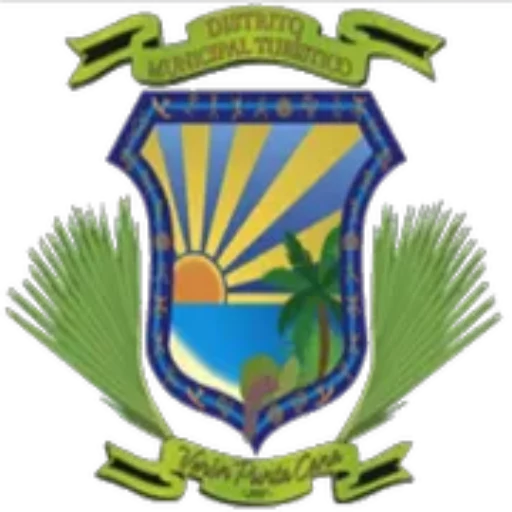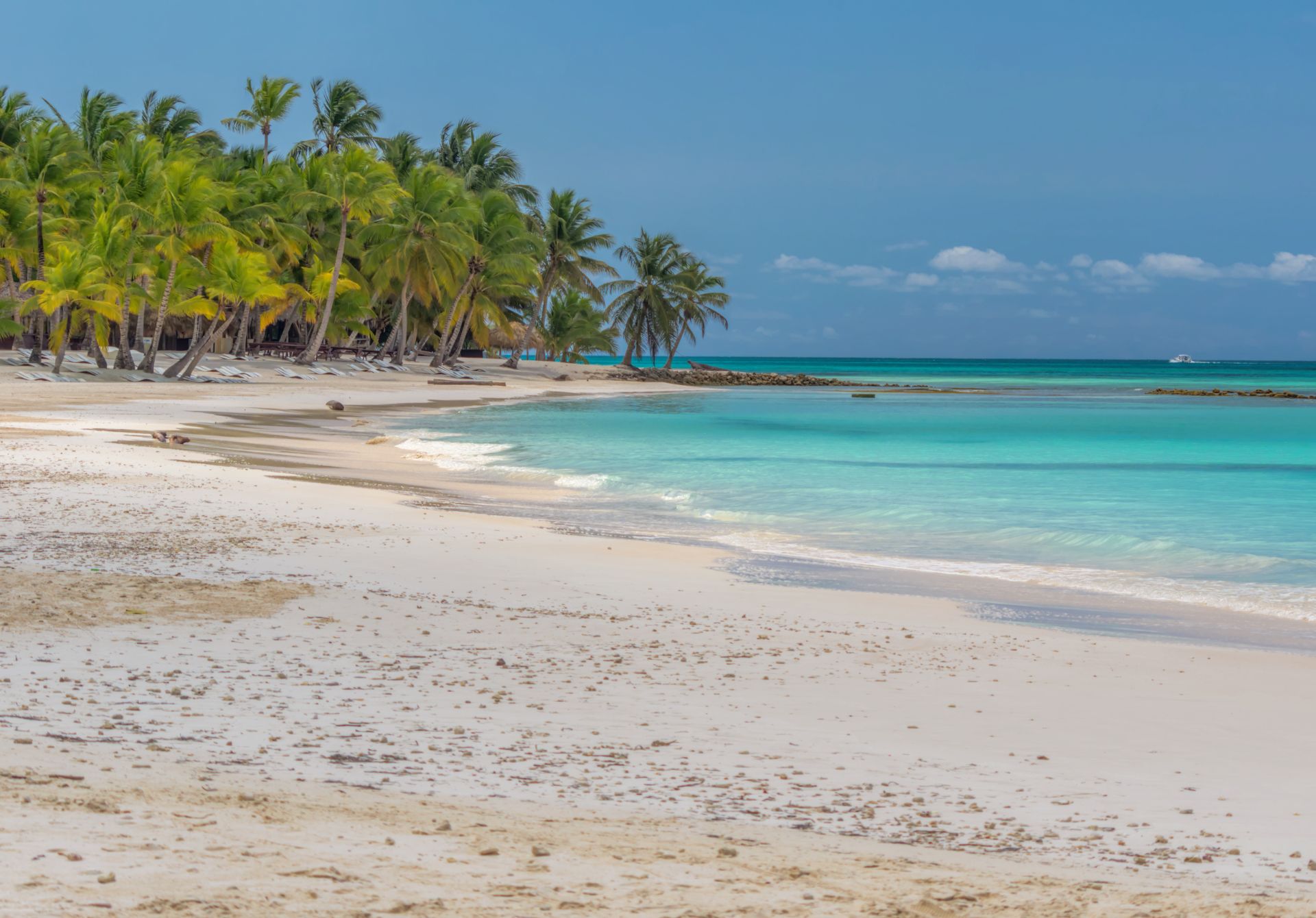Nestled in the azure waters of the Caribbean Sea, Saona Island stands as a testament to nature’s pristine beauty and serves as one of the Dominican Republic’s most coveted tourist destinations. This tropical paradise, officially part of the Cotubanamá National Park, welcomes over 1 million visitors annually, making it the most visited excursion site in the Dominican Republic.
Natural Beauty and Geography
Spanning approximately 42 square kilometers (16 square miles), Saona Island boasts pristine white-sand beaches stretching over 15 kilometers, crystal-clear waters, and lush tropical vegetation. The island’s coastline is adorned with towering coconut palms and indigenous flora, creating a picturesque backdrop that has earned it appearances in numerous international commercials and films.
Marine Life and Ecosystems
The surrounding waters host a vibrant ecosystem, including extensive coral reefs teeming with tropical fish, starfish, and sea turtles. The natural pools between Saona and the mainland, particularly the famous “Natural Pool,” showcase a unique environment where starfish congregate in shallow, crystal-clear waters.
Historical Significance
Originally named “Adamanay” by its indigenous Taíno inhabitants, the island was renamed by Christopher Columbus in 1494 to honor Michele da Cuneo, his friend from Savona, Italy. The island has played various roles throughout history, from serving as a base for pirates to hosting small fishing communities that continue to exist today.
Tourism and Activities
Modern-day Saona Island offers visitors an array of activities and experiences. Popular excursions include:
- Catamaran sailing adventures
- Snorkeling in coral reefs
- Beach relaxation at Mano Juan
- Photography at the iconic palm-fringed beaches
- Swimming in natural pools
- Traditional Dominican lunch experiences
Local Community and Culture
The island’s main settlement, Mano Juan, is home to approximately 400 residents who maintain their traditional fishing lifestyle. The colorful wooden houses, painted in vibrant Caribbean hues, offer visitors a glimpse into authentic Dominican coastal life. The community has adapted to tourism while preserving its cultural heritage, offering local crafts and fresh seafood to visitors.
Conservation Efforts
As part of the Cotubanamá National Park, Saona Island benefits from various conservation initiatives. The Dominican government, in collaboration with environmental organizations, has implemented measures to protect the island’s biodiversity, including:
- Sea turtle nesting site protection programs
- Coral reef preservation efforts
- Sustainable tourism guidelines
- Local community involvement in conservation
Practical Information for Visitors
The island is accessible via organized tours departing from Punta Cana, Bayahibe, and La Romana. The journey typically combines land transportation and boat rides, with most excursions lasting 8-10 hours. Peak visiting season runs from December to April, though the island remains accessible year-round, weather permitting.
Saona Island represents the perfect synthesis of natural beauty, cultural heritage, and sustainable tourism in the Dominican Republic. Its pristine beaches, rich marine life, and authentic local communities continue to captivate visitors from around the globe. As tourism grows, the careful balance between accessibility and conservation remains crucial for preserving this Caribbean paradise for future generations. Whether seeking adventure, relaxation, or cultural experiences, Saona Island offers an unforgettable destination that exemplifies the best of the Dominican Republic’s natural treasures.

